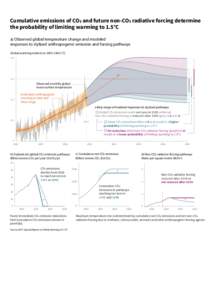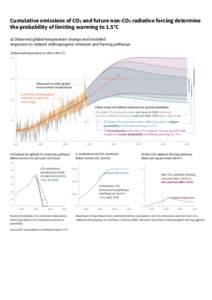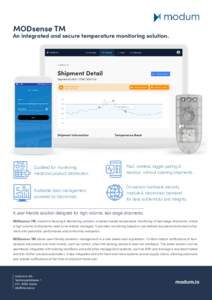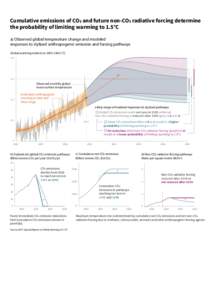<--- Back to Details
| First Page | Document Content | |
|---|---|---|
 Date: 2012-04-12 10:53:48Earth Conductivity temperature depth Hydrothermal vent Seabed RECON Ocean Salinity Remotely operated underwater vehicle Seawater Oceanography Physical geography Water |
Add to Reading List |
 Gulf of Mexico 2012 Expedition Tools for Classroom Explorers How to Use CTD Data Focus CTD (conductivity, temperature, depth profiler)
Gulf of Mexico 2012 Expedition Tools for Classroom Explorers How to Use CTD Data Focus CTD (conductivity, temperature, depth profiler)


